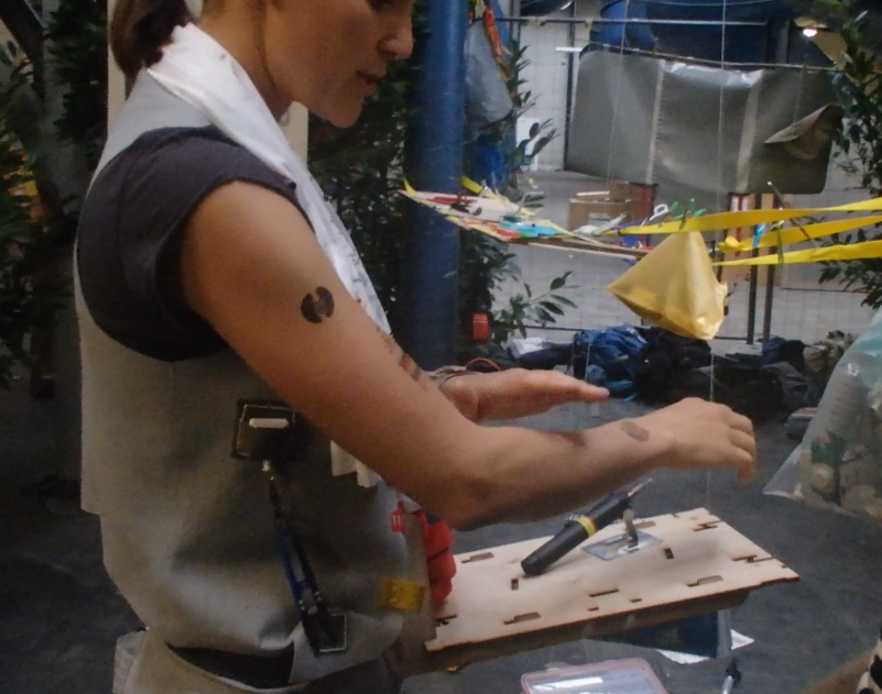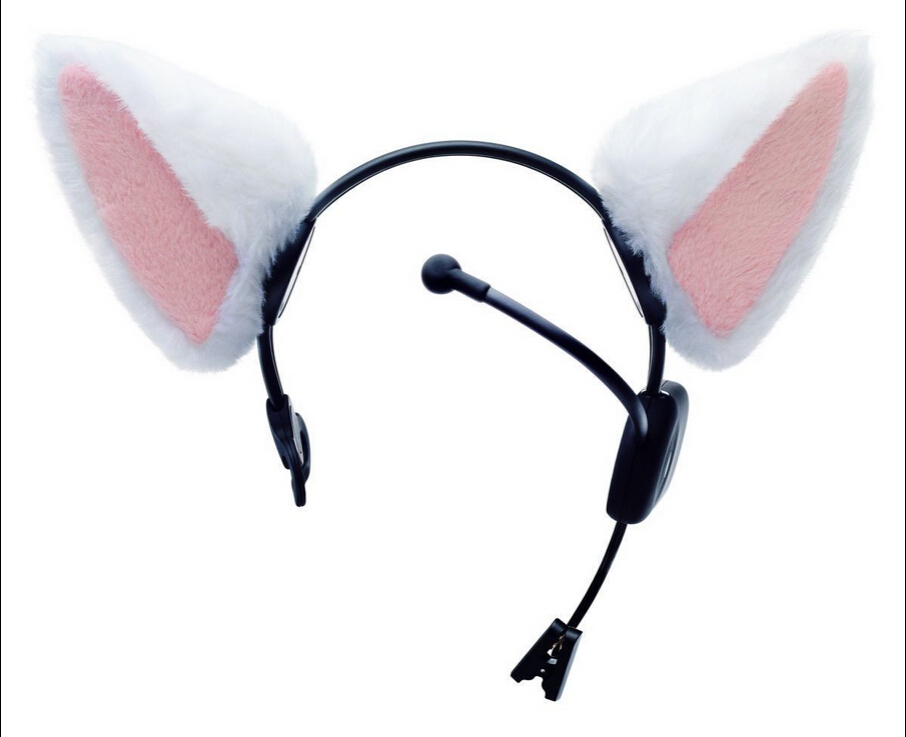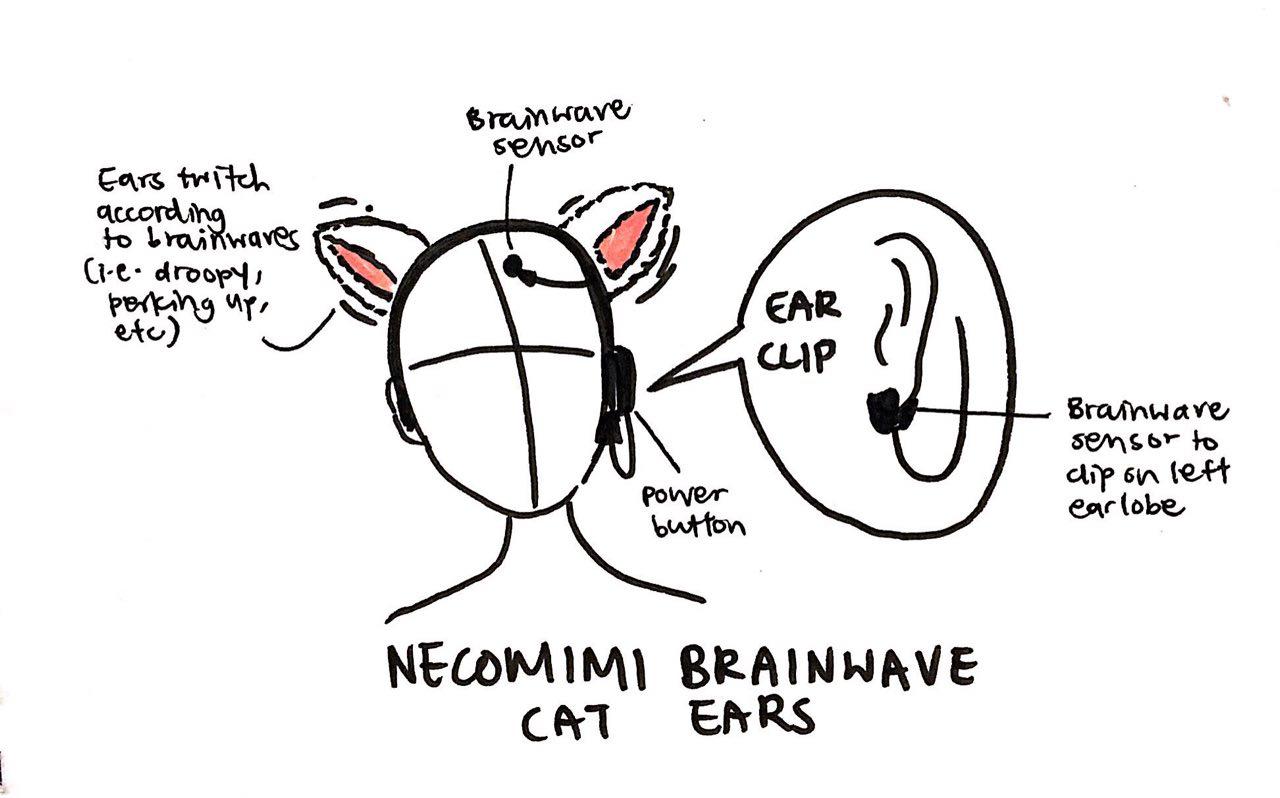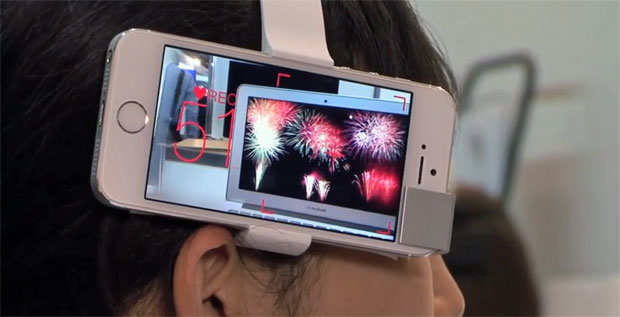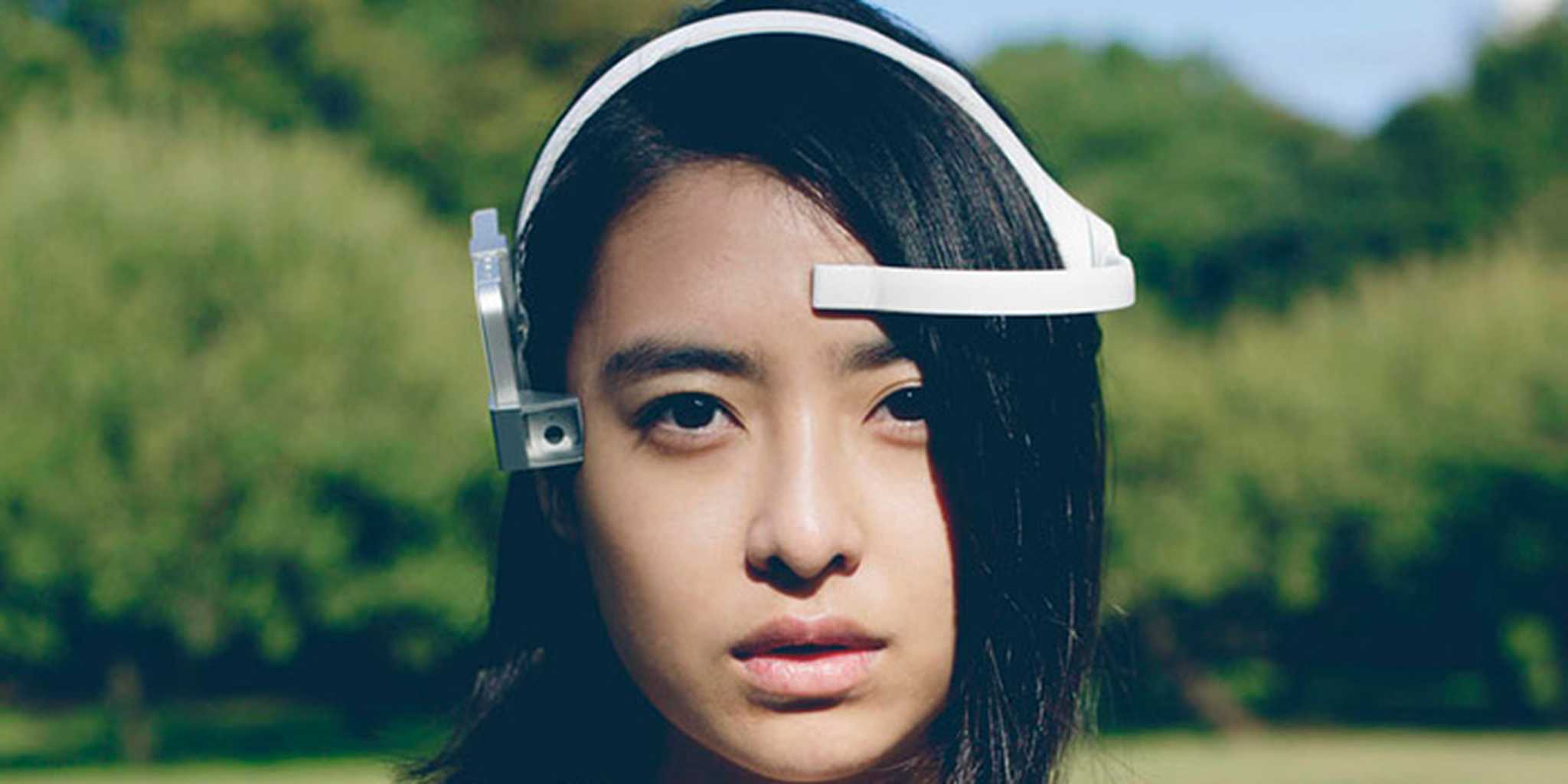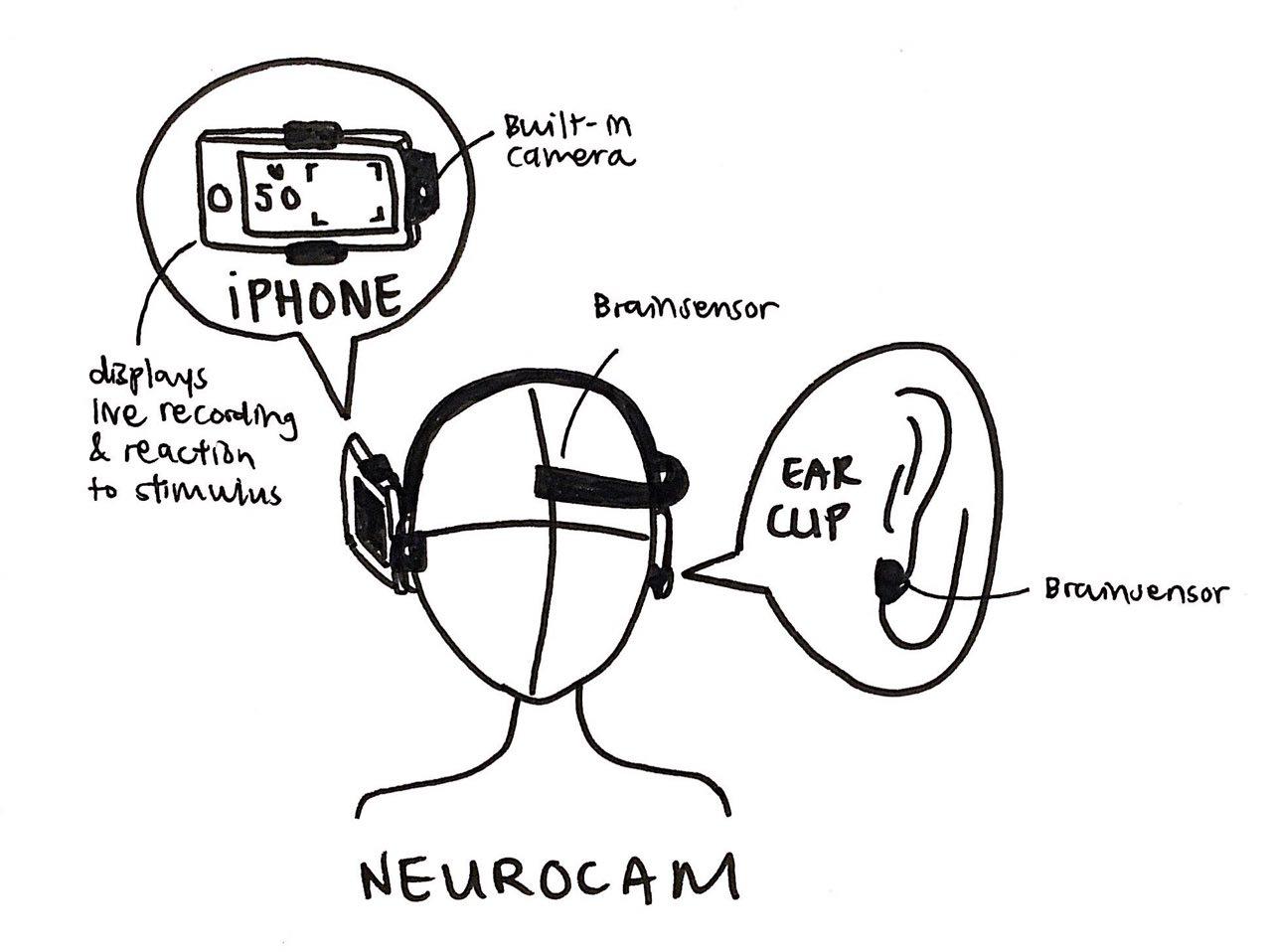Tap
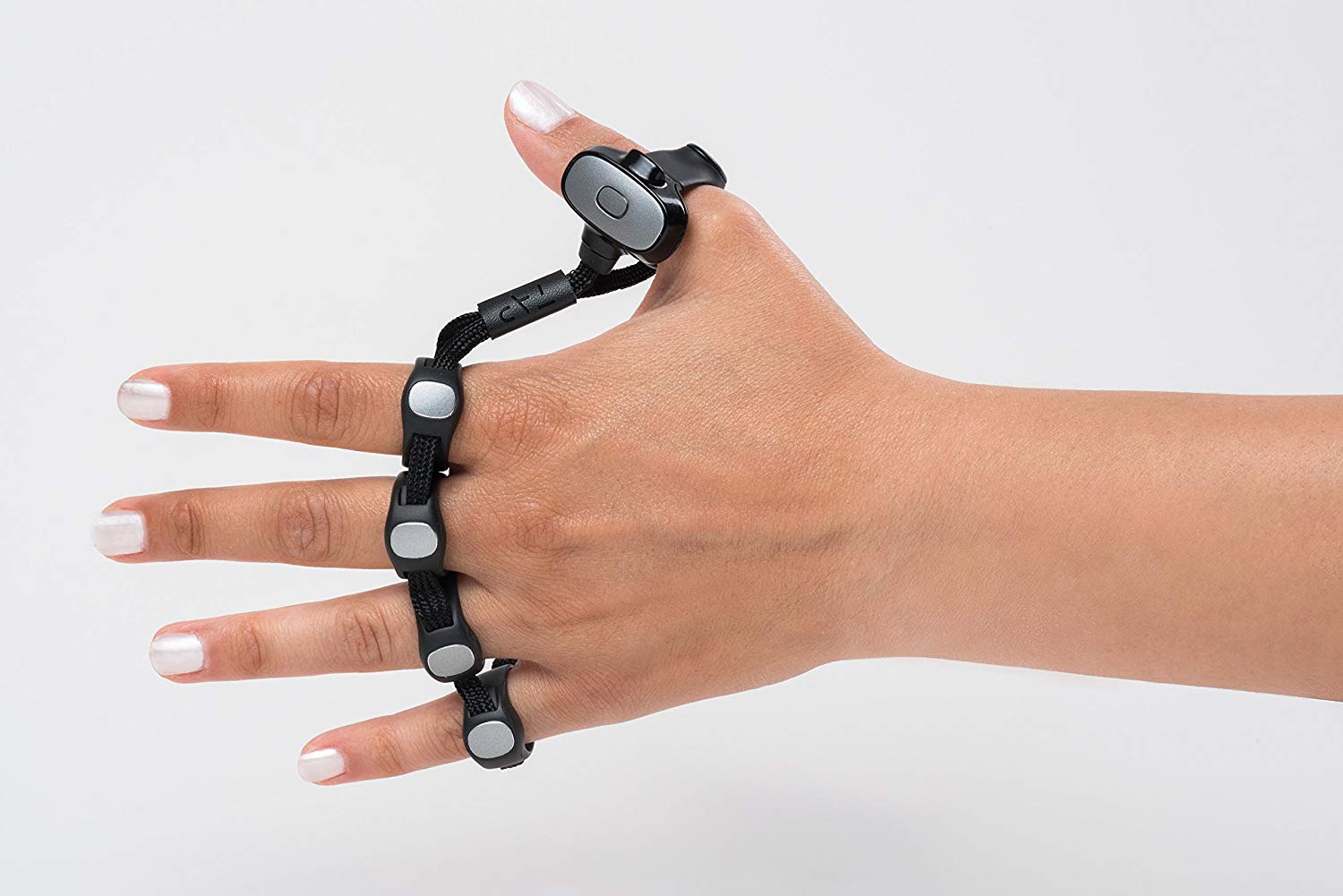
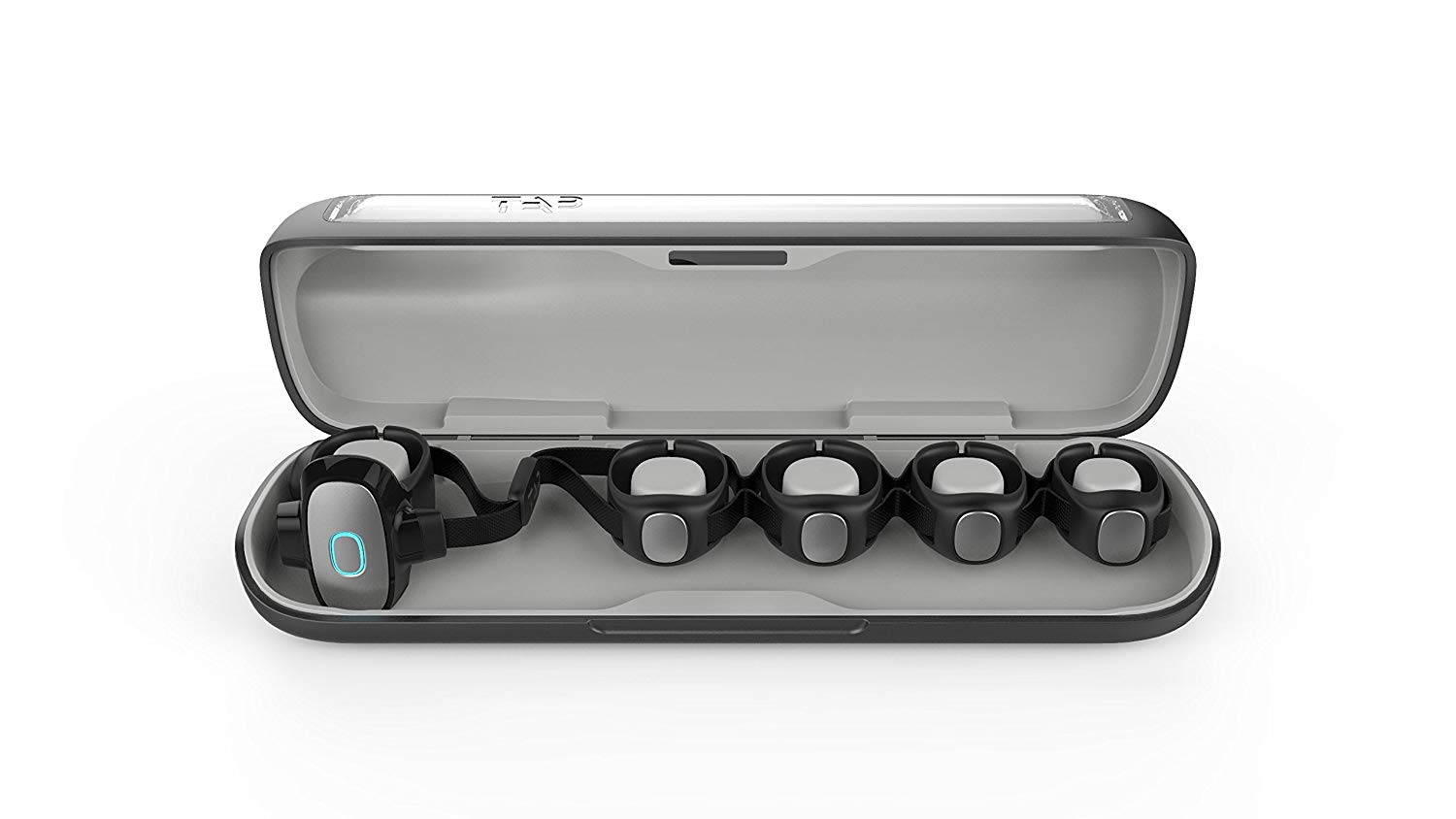
Practice it works in:
Tap is for people who want to stay within the virtual reality environment but may be constrained by their physical surroundings. For instance, professionals can use this device to boost their presentation, work on the go and control complex commercial devices like never before.
People can use Tap when they travel for work, commute in small spaces and are in environments that are not suitable to lug around a bulky laptop or external keyboard to pair with your phone or tablet.
Specific use:
Tap is a wearable Bluetooth keyboard that converts finger movements into keypresses, so users can compose text, play games, point, click and scroll using just about any available surface. The strap has five holes that you put your fingers through, and it’s embedded with sensors that track information about your hands and fingers.
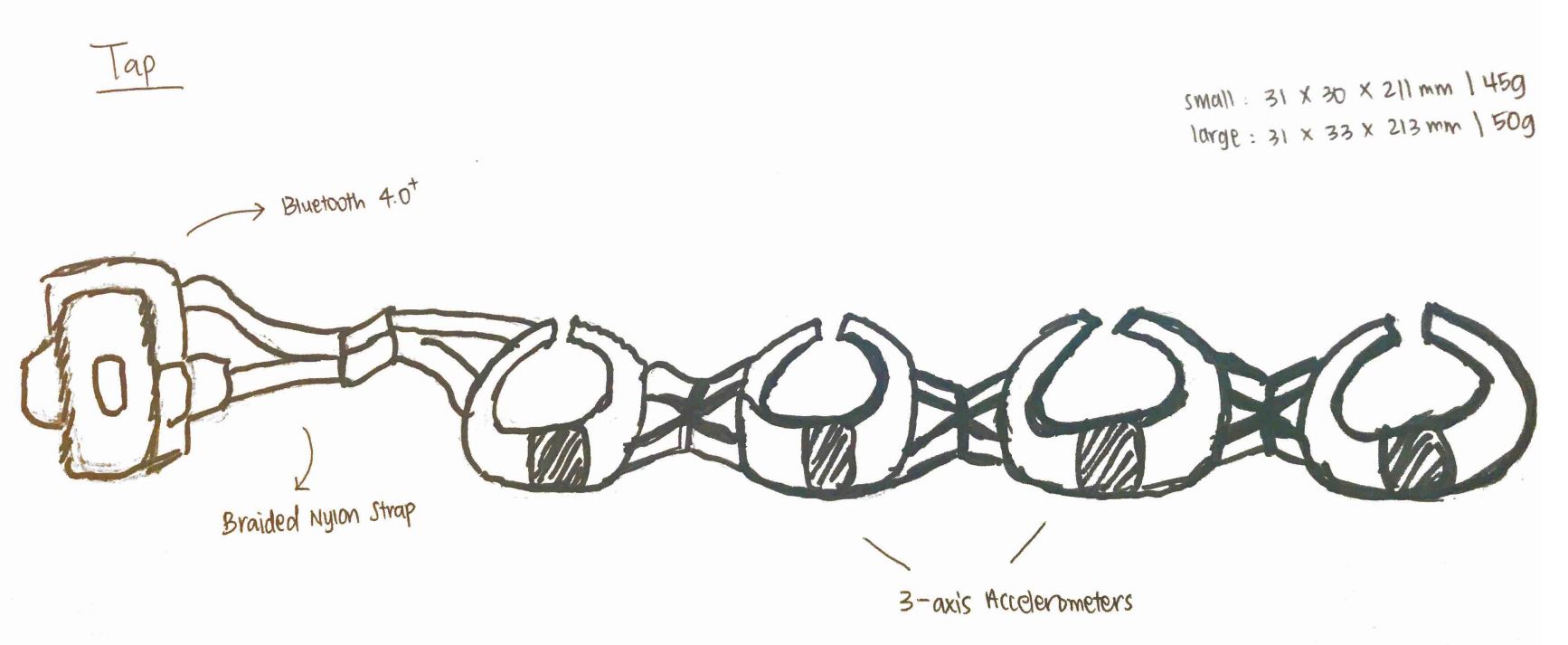
By connecting to Bluetooth enabled devices, professionals are able to control their presentations or other media by tapping on surfaces. You can even take notes discreetly and efficiently! The possibilities are endless with the ability to activate and control software such as virtual & augmented reality, robotics and drones.
Mobility:
You can take Tap anywhere on the go! Packed in a slick carrying and charging case, it is a portable device that you can use on almost any surface.
Utility vs Fashionability:
Other than looking badass with a hi-tech brass knuckles wrapped around your fingers, Tap is also a comfortable wearable that slides and sits nicely onto your hand.
However, users may not be able to work as efficiently on soft surfaces. It is still better to tap your fingers with a good amount of force on a solid surface like a desk or table. It is also important to manually disable Tap when you’re not actively typing to avoid accidental keypresses.
Hövding Cycling Airbag
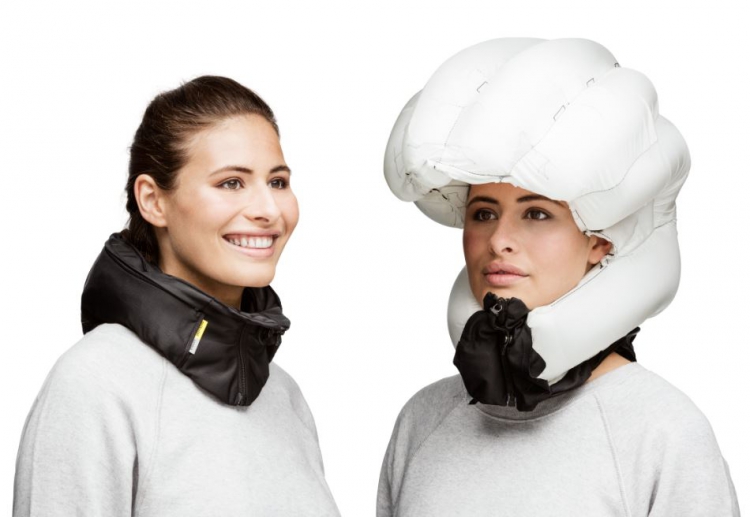
Practice it works in:
The Hövding Cycling Airbag is the helmet for people who don’t like wearing helmets. Invented as a wearable airbag for cyclists, it protects the wearer’s head, neck, and shoulders in the event of a crash. In an independent study conducted by Stanford University, it was found to give the wearer up to eight times better protection than a standard helmet does.
For future focus, the Hövding may be applied to activities outside of cycling such as elderly with poor balance and even for professions within high-risk environments such as construction workers.
Specific use:
You simply put the Hövding around your neck, clip on the zip, press the button, stick it in your bag and off you cycle! In the event that the wearer actually gets into an accident – be it aggressive or subtle – the Hövding picks up on those movements and it will inflate. It goes from a scarf to a fully protected airbag around your head in in less than 100 milliseconds.
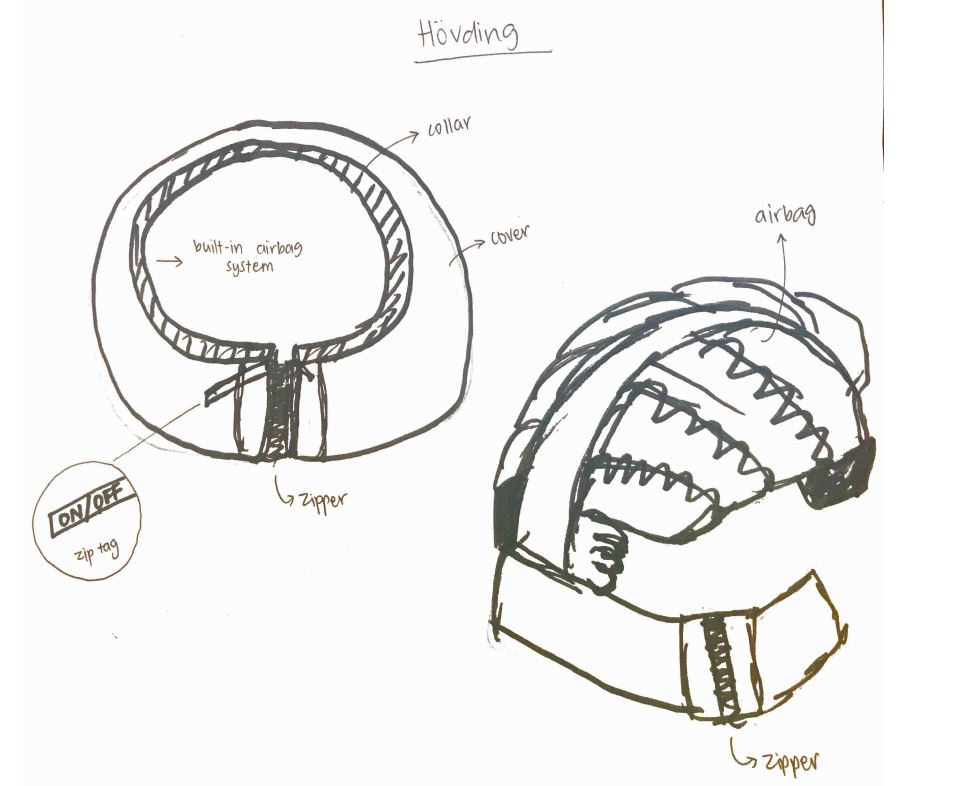
The device contains internal sensors which can detect a crash based on data gathered from thousands of simulated cycling accidents. When the device is turned on, it begins self-diagnostic tests and the sensor begins tracking your movement 200 times per second. It understands the difference between movements that are leading to an accident and safe everyday cycling.
If you’re in an accident and nobody is around, the Hövding sends out a signal to a loved one or the emergency services.
Mobility:
The conventional helmet is a hassle in terms of mobility as you have to carry it around once you’re off the bike. On the other hand, the Hövding sits nicely on your neck – packed with a battery, air bag and all that Swedish technology inside. It doesn’t need a companion app and definitely easier to lug around than a bulky helmet.
Utility vs Fashionability:
The Hövding, in its resting state, generally just looks like you’re wearing a scarf around your neck so it’s stylish (no helmet hair, yay!) and has no real hindrance on your ability to keep turning your head. It looks like a hood and is made in an ultra-strong nylon fabric that won’t rip when scraped against the ground. The fabric shell protects the device and can also change the design to match to your outfit.
However, when it’s activated, you are essentially wearing an inflated balloon on your head. If it turns out to be a dud or small accident where you can dust yourself off easily and the Hövding activates, the only thing hurt might be your pride.
